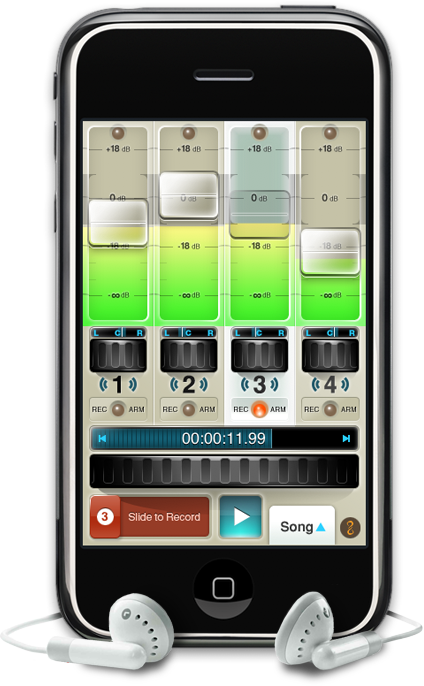At 37signals we sell our web-based products using the monthly subscription model. We also give people a 30-day free trial up front before we bill them for their first month.
We think this model works best all the time, but we believe it works especially well in tough times. When times get tough people obviousy look to spend less, but understanding how they spend less has a lot to do with which business models work better than others.
There are lots of business models for software. Here are a few of the most popular:
- Freeware
- Freeware, ad supported
- One-off pay up front, get upgrades free
- One-off pay up front, pay for upgrades
- Subscription (recurring annual)
- Subscription (recurring monthly)
Cutting new before cutting old
Typically people look to cut new spending before they cut current spending. They’ll often put a freeze on anything they aren’t already paying for. Eliminating new costs is easier than eliminating existing costs.
For example, if they’ve been evaluating something new, they’ll put that evaluation on hold. If they’ve been able to get by without it they can likely continue to get by without it. Or if there’s a big upgrading coming up they’ll stall or just consider it unnecessary.
But if they’re already paying for a service they use, they’ll likely continue using that service. They may downgrade to a cheaper plan, or try to negotiate price, but if it’s still useful there’s a fair chance they’ll continue using it.
The problem with one-off selling
The problem with one-off selling is that once the customer pays you once, that revenue stream runs dry. In tough times, when people freeze new spending, less new customers means less new revenue. And in extreme cases, you may see no new customers at all. That means no new revenue at all. So if you have no new customers for three months, you have no new revenue for three months. If you don’t have reserves, going dry for three months could sink you.
Continued…


